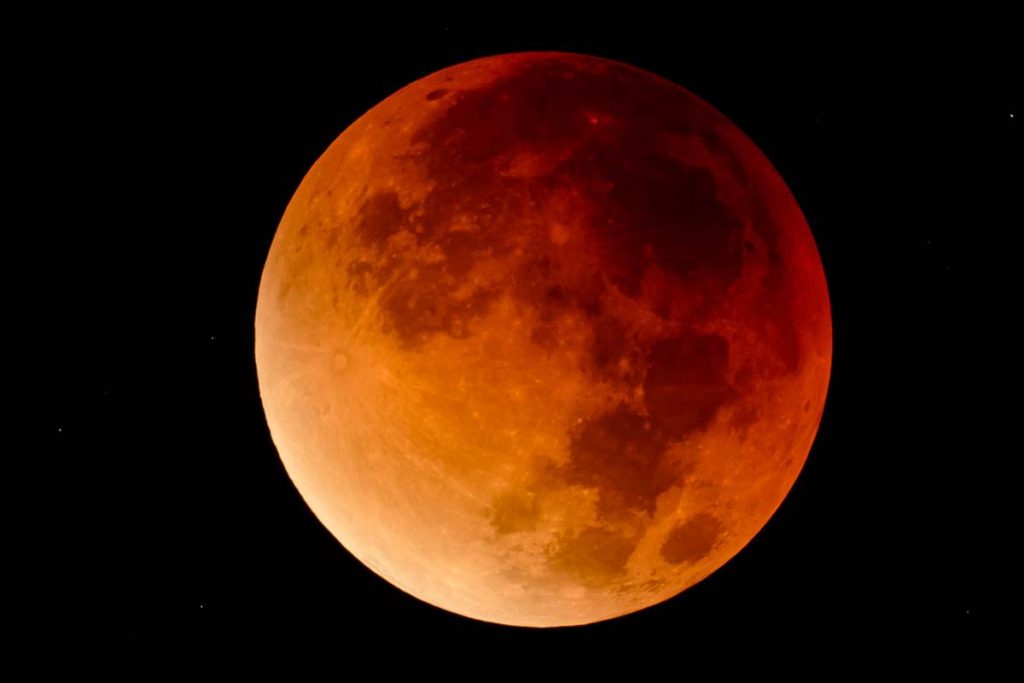The quick rundown on the record breaking supermoon
By Aphra Murray, Staff Writer
November 14 was a pretty big day. On this night, the moon was the biggest it has been in almost 70 years, January 1948, and it will not be this big again until the year 2024.
On the eve of November 14, this “supermoon” was around 30 percent bigger and 14 percent brighter than the average full moon. So how does a supermoon form? The moon has an elliptical orbit which means that are at one side, scientifically known as the perigee, it is closer to the Earth than at the other side. Specifically 300,000 miles closer. There are a number of different astronomical events that have to take place for this one supermoon to occur.
When the Earth, the Moon and the Sun line up, it is known as a syzygy. When this syzygy takes place, with the moon facing us and being at the closer side of its orbit, it is what’s known as a perigee-syzygy. This is what is going to make the moon look even bigger and brighter than you have ever seen. It appeared even bigger and brighter if you were up somewhere high as opposed to laying on your back in the grass.

